Quest for the Genus Thereva (Diptera: Therevidae)
by Kevin C. Holston
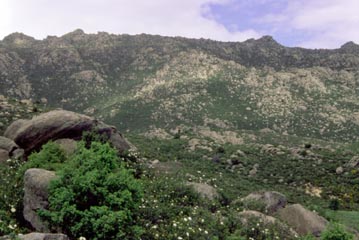 Getting out from behind the microscope or away from the computer is a welcome necessity in systematics research on Therevidae. The specimen material on hand allows us to get to a certain point in our research, after which additional data must be collected. This year I set my sights on taxa not in hand that I wanted to have represented in molecular studies of Thereva, to be conducted in Spring 2001. After the usual preparations in Illinois, I set off in late May to find Thereva Country and Euphycus Paradise, localities I predicted were in the Pacific Northwestern United States and Peleponnisos, Greece.
Getting out from behind the microscope or away from the computer is a welcome necessity in systematics research on Therevidae. The specimen material on hand allows us to get to a certain point in our research, after which additional data must be collected. This year I set my sights on taxa not in hand that I wanted to have represented in molecular studies of Thereva, to be conducted in Spring 2001. After the usual preparations in Illinois, I set off in late May to find Thereva Country and Euphycus Paradise, localities I predicted were in the Pacific Northwestern United States and Peleponnisos, Greece.
Before heading to Greece, I stopped in central Spain (May 25 – May 31) to look forChrysanthemyia rhagioniformis, part of an unusual assemblage of therevids found in the Mediterranean. Despite my best efforts and the assistance of Mike’s colleague, Alberto Fereres, I did not encounter any specimens of this species. I was, however, rewarded with specimens of four Thereva species, two of which were collected at this site near Mataelpino.
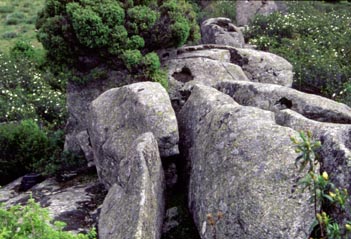
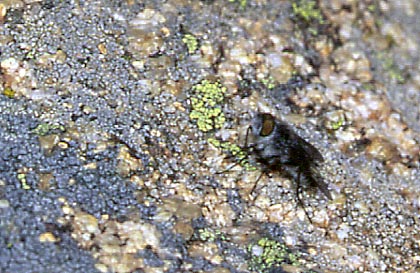
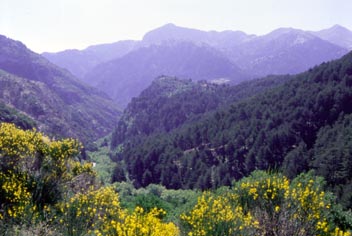
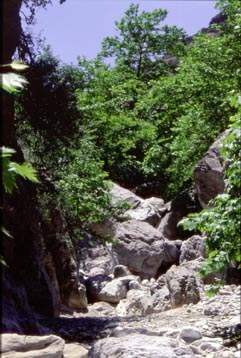
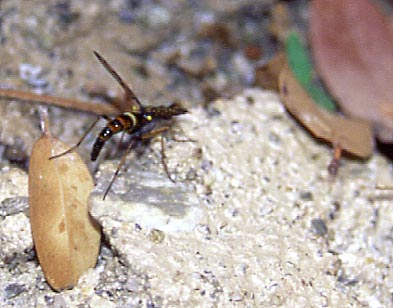
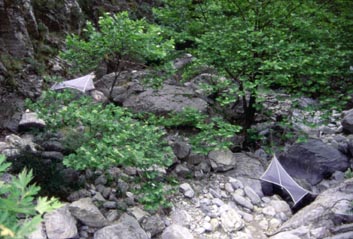
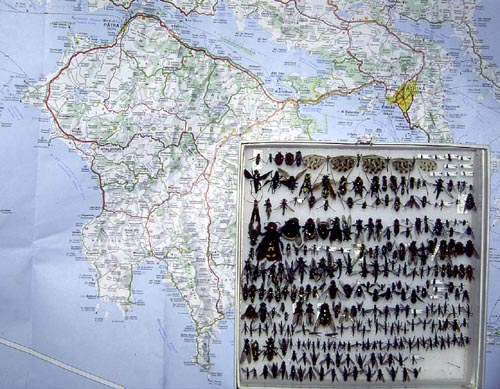
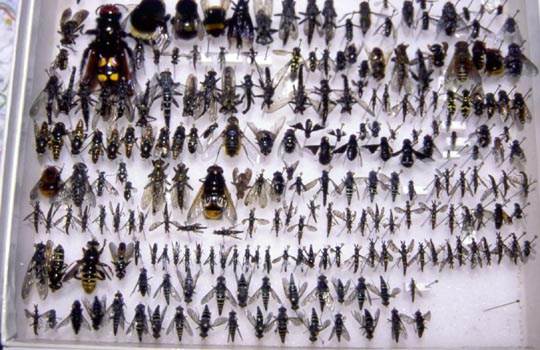
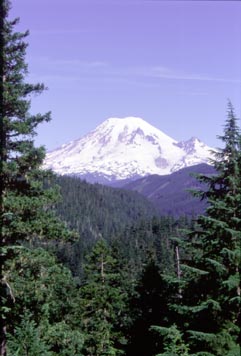 Not all the collecting this summer was so outstanding. I spent almost two weeks in Washington (11 June – 21 June 2000) looking for Thereva species without finding a single specimen. Only three specimens of Pandivirilia represent his efforts to collect therevids, but I was able to see the remarkable landscape of Washington along the way. Are these pictures of Thereva Country? I’m not sure that they are not, but I certainly didn’t find that enigmatic locality during this trip. As far as the North American fauna is concerned, I’ll have to rely on the kindness of strangers (and colleagues) for any more North American Thereva in alcohol. Strong datasets can always get a little stronger.
Not all the collecting this summer was so outstanding. I spent almost two weeks in Washington (11 June – 21 June 2000) looking for Thereva species without finding a single specimen. Only three specimens of Pandivirilia represent his efforts to collect therevids, but I was able to see the remarkable landscape of Washington along the way. Are these pictures of Thereva Country? I’m not sure that they are not, but I certainly didn’t find that enigmatic locality during this trip. As far as the North American fauna is concerned, I’ll have to rely on the kindness of strangers (and colleagues) for any more North American Thereva in alcohol. Strong datasets can always get a little stronger.
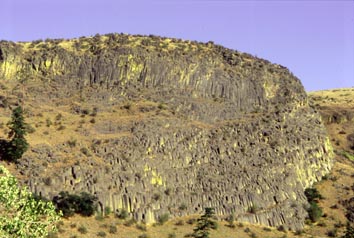
Upper Naches Valley
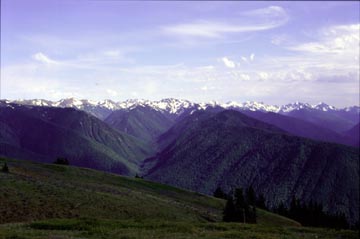
Olympic National Forest